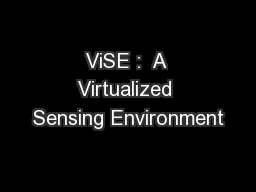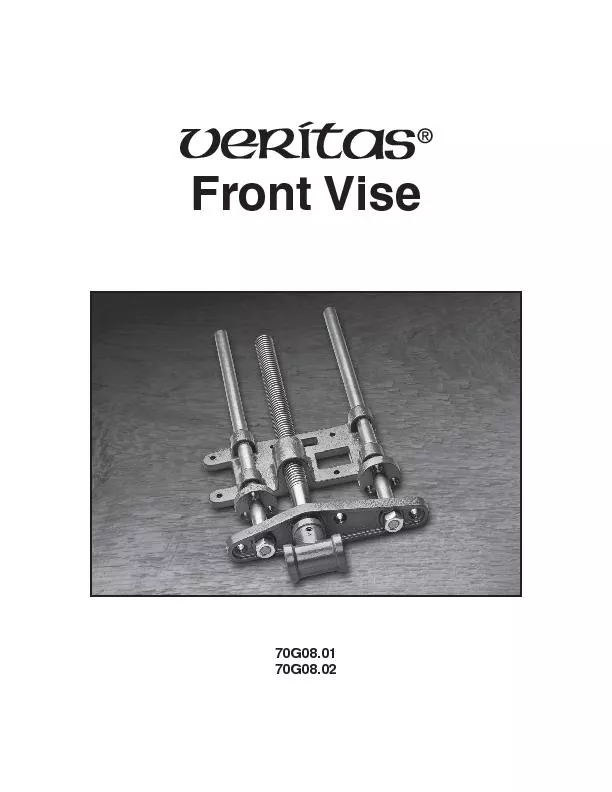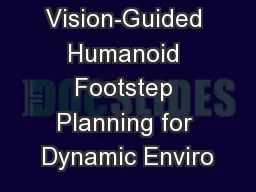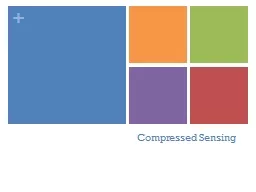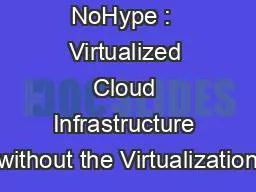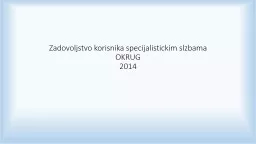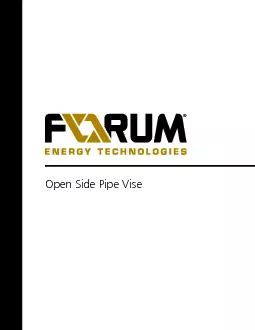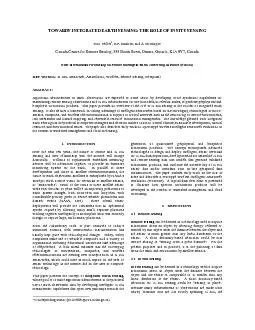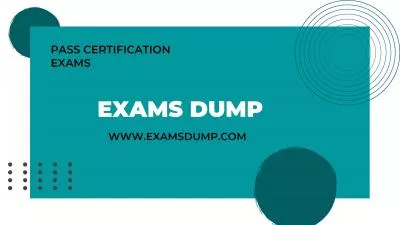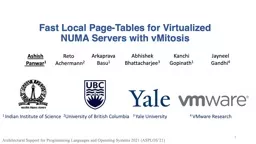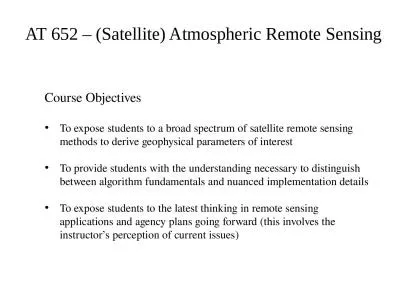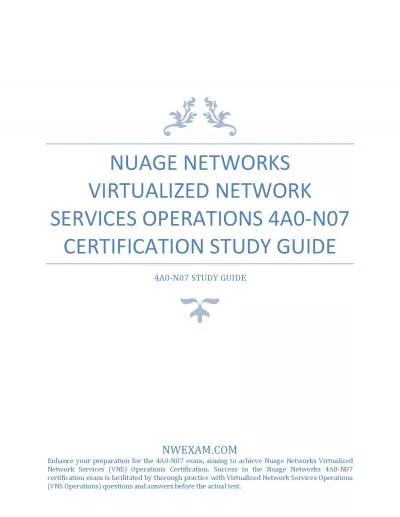PPT-ViSE : A Virtualized Sensing Environment
Author : liane-varnes | Published Date : 2018-02-27
Spiral 2 Yearend Project Review ViSE A Virtualized Sensing Environment University of Massachusetts Amherst PI Prashant Shenoy Michael Zink Jim Kurose Staff David
Presentation Embed Code
Download Presentation
Download Presentation The PPT/PDF document "ViSE : A Virtualized Sensing Environmen..." is the property of its rightful owner. Permission is granted to download and print the materials on this website for personal, non-commercial use only, and to display it on your personal computer provided you do not modify the materials and that you retain all copyright notices contained in the materials. By downloading content from our website, you accept the terms of this agreement.
ViSE : A Virtualized Sensing Environment: Transcript
Download Rules Of Document
"ViSE : A Virtualized Sensing Environment"The content belongs to its owner. You may download and print it for personal use, without modification, and keep all copyright notices. By downloading, you agree to these terms.
Related Documents

